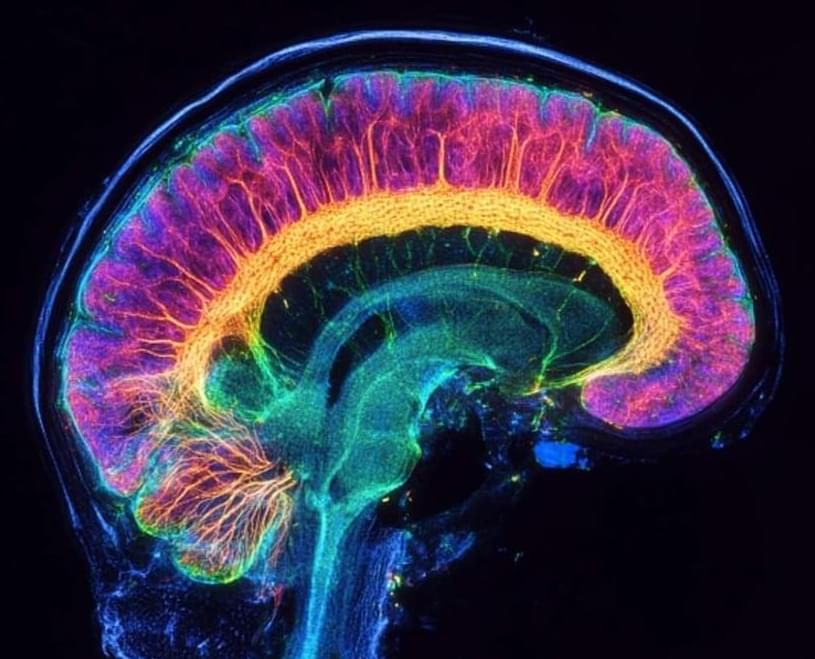Summary: Researchers have developed a new method to profile gene activity in the living human brain, offering new insights into neurological conditions like epilepsy. By analyzing RNA and DNA collected from electrodes implanted in patients’ brains, the study linked molecular data with electrical recordings of seizures, creating a detailed snapshot of gene activity.
This approach enhances understanding of seizure networks, potentially improving the precision of epilepsy surgeries for patients who don’t respond to medication. Beyond epilepsy, the method could have applications in studying Alzheimer’s, Parkinson’s, and schizophrenia, advancing knowledge of brain disorders at the molecular level.




